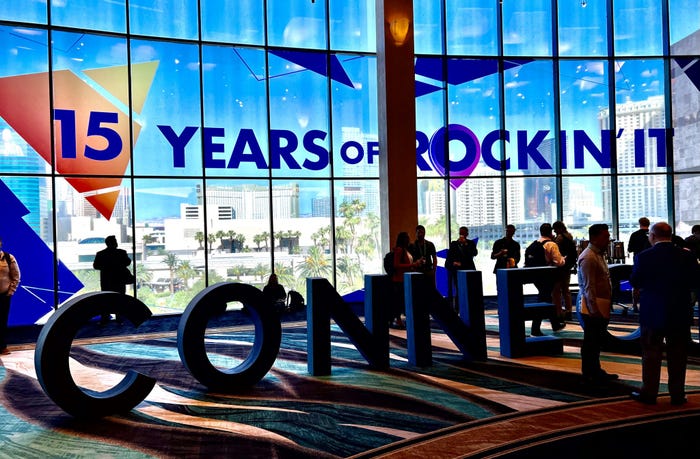Here are the top five key takeaways from the M&A Summit pre-day event.
June 21, 2022

KASEYA CONNECT IT GLOBAL — Kaseya kicked off its annual Connect IT Global 2022 event Monday at the MGM Grand in Las Vegas.
The four-day conference started with an M&A summit. The pre-day event featured keynotes, panels and sessions focused on how to increase the value of partners’ companies. The sessions gave MSPs crucial and actionable insights into the rapidly growing industry consolidation trend — regardless of whether they are considering a purchase, a sale, a merger, or just want to learn how it will affect their business.
“The MSP space is experiencing substantial growth,” said Fred Voccola, CEO of Kaseya. “M&A, and the conversation around it, is a massively important thing.”
The event boasts roughly 2,500 attendees, including those in-person and virtual.
Click through our slideshow above to check out the highlights from day one of Connect IT Global 2022.
Want to contact the author directly about this story? Have ideas for a follow-up article? Email Allison Francis or connect with her on LinkedIn. |
About the Author(s)
You May Also Like


